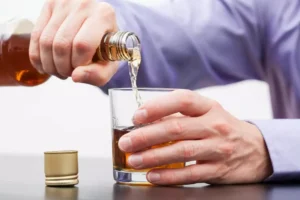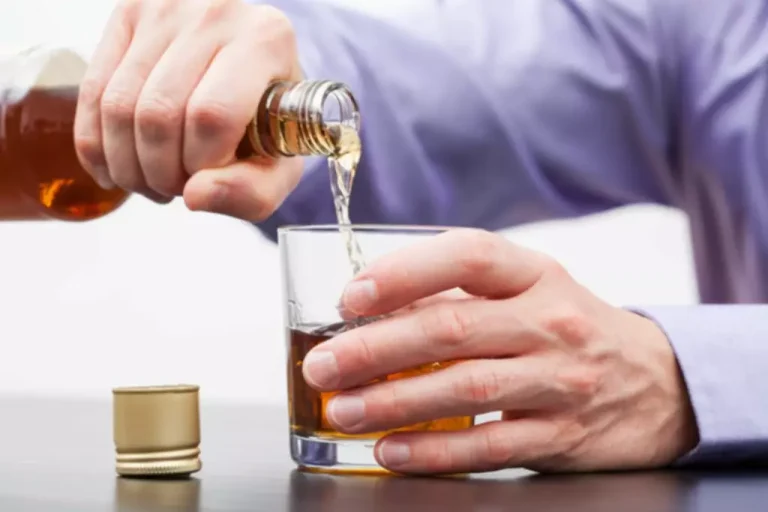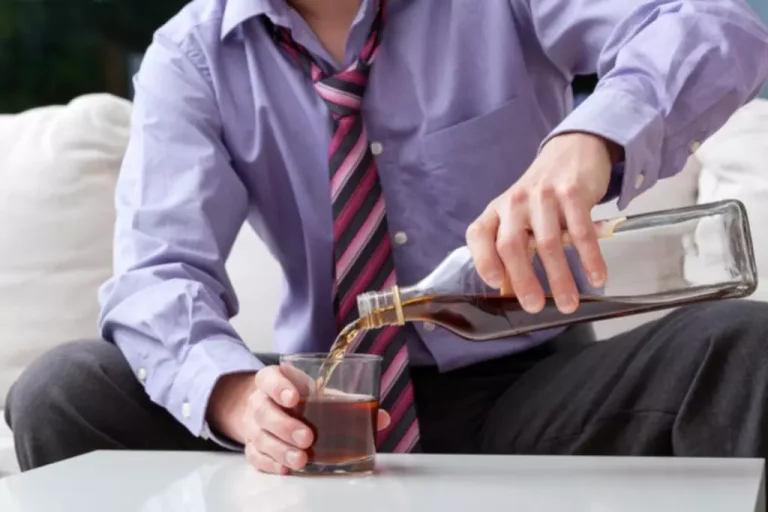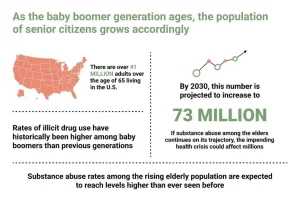
Even after you stop drinking, alcohol continues to affect your brain and body until it’s fully metabolized. Understanding how much alcohol your body can tolerate is the first step in preventing overconsumption. Pay attention to how you feel after each drink, and listen to your body’s signals. If you start to feel overly relaxed, dizzy, or disoriented, it’s a sign to stop drinking and give your body time to process the alcohol you’ve already consumed.

What are the long-term psychological effects of frequent drinking?
Keep in mind that it isn’t just the number of drinks you have, but also the type, since some bevvies have higher alcohol content than others. You’ve knocked back a few drinks and things start looking a little fuzzy. Our state-specific resource guides offer a comprehensive overview of drug and alcohol addiction treatment options available in your area.
Lifestyle Quizzes
At this point, their movements may become erratic or nearly nonexistent as they struggle to move or communicate. Vomiting while unconscious presents a high risk of choking, especially since their gag reflex may be impaired. Breathing can become labored or shallow, and in some cases, the person may even stop breathing temporarily. Heart rate and body temperature can drop to perilous levels, increasing the risk of hypothermia and shock. Immediate medical intervention is critical in this stage to prevent further complications like alcohol poisoning, coma, or death.
- It typically reaches your brain within 5 minutes, and you can begin feeling the effects within 10 minutes.
- It especially likes to hang out in the brain, where it becomes a central nervous system depressant.
- Research suggests people who already struggle with feelings of anxiety in their day-to-day lives are especially vulnerable to hangxiety.
- People with alcohol use disorder may not feel drunk at all, even when their BAC is very high.
- Signs of being drunk include loss of coordination or balance, poor judgment, slurred speech or vision changes.
- The experience of being drunk can be categorized into several stages, each with distinct emotional and physical effects.
Understanding Feeling Drunk

The first stage of being drunk, known as subclinical intoxication, or being sober, occurs when the individual has consumed a small amount of alcohol and does not appear intoxicated. This stage usually occurs at a blood alcohol content (BAC) of 0.01 to 0.05 and occurs with one drink or less per hour for most people. The level of impairment can vary depending on the blood alcohol concentration (BAC), which is influenced by factors such as the amount of alcohol consumed and the individual’s tolerance. It’s important to note that even at lower levels of intoxication, alcohol can still impact coordination and increase the risk of accidents or injuries. The effects of alcohol can last from a few hours to longer, depending on various factors, including the amount consumed and individual metabolism.
A person can be arrested if they are found driving with a BAC above this limit. Let’s say you’ve had a big night out and you can’t quite recall a conversation you had or something you did. Maybe you what does being drunk feel like acted in ways that you now regret or feel embarrassed about. You might fixate on these thoughts and get trapped in a cycle of worrying and rumination.
- At this point, the body is overwhelmed by the amount of alcohol in the bloodstream, and vital functions begin to shut down.
- This results in a sense of happiness and relaxation, making the person feel more social, talkative, and confident.
- These mood swings are often unpredictable and can lead to conflicts and misunderstandings in social settings.
- A hangover is the body’s way of recovering after drinking alcohol, bringing with it a range of symptoms.
- Depending on a person’s BAC, it may not be safe to let them sleep unsupervised.
How can I build healthier drinking habits?
- The central nervous system, which controls essential bodily functions like breathing, heart rate, and body temperature, becomes heavily suppressed.
- If left untreated, a person in this stage faces life-threatening consequences, making it crucial to seek emergency assistance.
- At this point, the body may not be able to maintain vital functions like breathing.
- The experience of alcohol intoxication is different for each person.
- There isn’t one clear answer to this question, as several factors can play a role in whether someone experiences hangover-related anxiety.
The first recorded alcoholic beverage dates back as early as 7000 B.C.—and they have been consistently part of social gatherings since then. While partaking in alcohol may seem like a harmless bit of fun, a person must always be mindful of how much they have consumed. When drinking alcohol becomes a problem, it is not the act of drinking but the volume and frequency that one drinks. The consumption of alcohol directly influences specific processes of the brain, the command center of the body, which results in feeling inebriated. The duration of alcohol intoxication depends on the quantity of alcohol that a person consumes.
- This article delves into the physical sensations of being drunk, including common symptoms like dizziness, nausea, and impaired coordination.
- BAC is the amount of alcohol in your blood compared to the amount of water in your blood.
- This impairment is due to its effect on the brain’s prefrontal cortex, which is responsible for rational thinking and impulse control.
- When a person is sober, they have not consumed any alcohol and their physical and mental faculties are functioning normally.
- Plus, we’re always introducing new features to optimize your in-app experience.
- For most men, this stage happens when they’ve consumed more than five drinks per hour, and for women, more than four drinks per hour.
At this point, the body may not be able to maintain vital functions like breathing. However, remember that death is still possible at earlier stages and with other BAC figures. The stupor stage occurs when someone reaches a BAC of 0.25 to 0.40. The gag reflex may stop working properly, and it may be possible to choke on vomit. They are also at risk for respiratory depression, so medical attention should be sought. In extreme cases,too much alcoholcan lead to coma or death, so it is important to recognize thesignsand stages of being drunk.
Stages of being drunk
Blackouts are serious and often signal that you’ve consumed alcohol at dangerous levels. Mixing other drugs with alcohol can also increase the risk of hangxiety. This is especially true for party drugs, such as ecstasy or MDMA, that give you a temporary high but can lead to anxiety as they wear off and you are coming down. Generally, the more you drink, the more intense your hangover symptoms might be, and the worse you are likely to feel. For some, a hangover is simply a matter of how much they drank or how hydrated they are. Research shows your genes can explain almost half the reason why you wake up feeling hungover, while your friend might not.

FAQs about Emotional and Psychological Effects of Being Drunk
Emotionally, individuals may experience mood swings, increased impulsivity, and a decreased ability to control their emotions. Critical slowing of body functions occurs, leading to a life-threatening situation. The Reframe app equips you with the knowledge and skills you need to not only survive drinking less, but to thrive while you navigate the journey. Our daily research-backed readings teach you the neuroscience of alcohol, and our in-app Toolkit provides the resources and activities you need to navigate each challenge.

Stages of Being Drunk

This alcohol evaporates from your blood through your lungs and moves into your breath. Alcohol is mainly a depressant, but it actually has stimulating effects when you first start drinking. It begins to do its thing pretty much the moment it goes into your mouth, and its effects become more noticeable as the alcohol makes its way through your body. What stage is typically reached when you or your loved one consumes alcohol?










